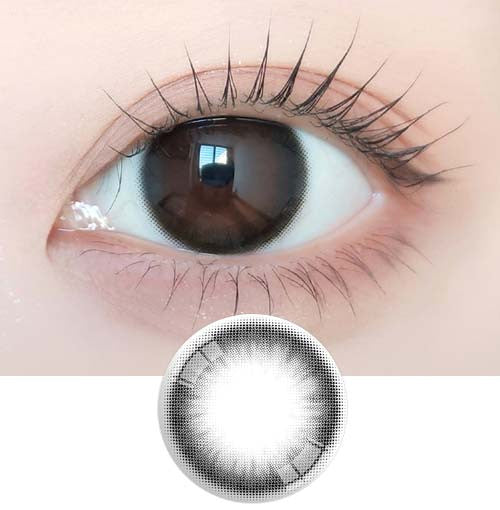The Mystical Journey of Lenses and Light: Understanding Mediums and Refraction
•Posted on April 25 2024
Lenses are like magicians of light hidden throughout our daily lives. From the lenses in our cameras to the glasses we wear, they bend light and transform the way we see the world. But do you know how and to what extent lenses can bend light? Let's uncover this mystery together.
The Structure of Lenses and Mediums
To understand lenses, we must first understand the 'medium'—the space through which light travels. Mediums can be vacuum, air, water, plastic, or glass, all of which light can pass through. These mediums are broadly classified into solids, liquids, and gases, with gases speeding up light the most. Optically, mediums where light travels fastest are considered 'sparse', and those where it slows are deemed 'dense'.
The Nature of Light: Straight-Line Propagation and Refraction
1) Principle of Straight-Line Propagation
Within the same medium, light travels in a straight line. That is, in a homogenous medium without boundaries, light will continue straight.
2) Principle of Refraction
What happens when the medium changes? That's when 'refraction' occurs. At the boundary of two mediums, light bends towards the normal of the denser medium. For instance, as light moves from air into water, it bends towards the normal because water is denser. By measuring the angles at this point, you can determine the 'angle of incidence' and the 'angle of refraction'.
The stories of lenses and light are indeed endless. Through this post, I hope you've gained a better understanding of how lenses manipulate light. In a future post, we will explore in detail how light passing through a lens creates images. Our journey into the world of light continues!
For a deeper dive into the fascinating world of lenses and to explore various colored contacts and contact lensess, visit Klenspop.
렌즈는 우리 일상 곳곳에 숨어있는 빛의 마법사입니다. 카메라의 렌즈부터 우리가 쓰는 안경까지, 빛을 굴절시켜 우리가 세상을 보는 방식을 변화시키죠. 그런데 렌즈가 빛을 어떻게, 얼마나 굴절시키는지 아세요? 그 비밀을 알아보는 시간을 가져봅시다.
렌즈의 구조와 매질
렌즈를 이해하기 위해서는 빛이 여행하는 공간인 '매질'부터 알아야 합니다. 매질에는 진공, 공기, 물, 플라스틱, 유리 등 다양한 종류가 있는데요, 이것들은 빛이 통과하는 매체를 말합니다. 하지만 이 매질들은 크게 고체, 액체, 기체로 나눌 수 있어요. 이 중에서 기체가 빛의 속도를 가장 빠르게 하죠. 이렇게 빛의 속도가 빠른 매질을 광학적으로 '소'라고 하고, 느린 매질을 '밀'하다고 표현합니다.
빛의 성질: 직진과 굴절
① 직진의 원리 빛은 같은 매질 내에서는 직진하는 성질을 가지고 있습니다. 즉, 빛은 경계가 없는 동일한 매질 안에서는 곧게 나아가죠.
② 굴절의 원리 그렇다면 매질이 바뀌면 어떻게 될까요? 바로 '굴절'이라는 현상이 일어납니다. 매질의 경계에서 빛은 보다 '밀한' 매질의 법선 쪽으로 꺾이게 됩니다. 예를 들어, 공기에서 물로 빛이 들어가면, 물이 '밀한' 매질이기 때문에 빛은 물의 법선 쪽으로 꺾이게 되죠. 이 때의 각도를 측정하면, 법선을 기준으로 '입사각'과 '굴절각'을 얻을 수 있습니다.
렌즈와 빛의 이야기는 정말 끝이 없습니다. 이번 포스트를 통해 여러분도 렌즈가 빛을 어떻게 다루는지 조금이나마 감을 잡으셨기를 바랍니다.
다음에는 렌즈를 통과한 빛이 어떻게 이미지를 만들어내는지에 대해 자세히 이야기해보도록 하겠습니다. 빛의 세계로의 여행은 계속됩니다!





